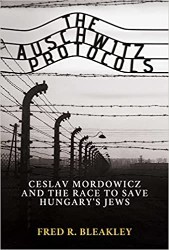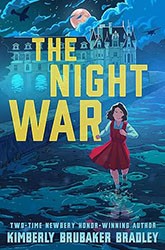In his illustrated memoir, Thomas Geve rendered in simple color pencils on paper a child’s pictorial testament from his memories of concentration camps shortly after his liberation. His adult understanding of the events that he illustrated, in a new and enhanced text based on earlier volumes, completes this unusual document. In combining a child’s response to the hell he encountered in Auschwitz, Gross Rosen, and Buchenwald with the wisdom of an older man, Geve offers readers a specific understanding of suffering and survival during the Shoah.
Geve, the pseudonym of Simcha Cohn, was born in Germany in 1929. He narrates the early part of his life as a happy child with no sense of the impending disaster that would overtake his family. His participation in a Zionist youth group gave him a feeling of empowerment, but this effect was short-lived. Geve’s writing style is vivid and honest, without nostalgia, as he describes the past and analyzes the depth of his losses.
After he is deported to Auschwitz as a thirteen-year-old boy, his life becomes an endless series of assaults by hunger, disease, cruelty, and terror. Even as a child he remarks upon the Germans’ ironic obsession with keeping detailed records and imposing order on a universe governed by irrational hatred. At the same time, the adult Geve looks back on his past and recognizes how he had tried to maintain whatever integrity he could, cultivating survival strategies and learning whom he could trust for help. He maintains a careful balance between describing his attempts to escape death and never attributing his ultimate survival to anything but luck.
Geve had begun drawing on scraps of paper in Auschwitz, but these pictures were lost. He resumed his project with colored pencils and with a set of watercolors, the gift of an American soldier. Photographs and maps provide an accurate context for the events depicted. These indelible scenes from Geve’s memory are not sophisticated in technique, yet this very simplicity evokes the courage of a sensitive child. In one picture, Geve draws different foods and meticulously records the number of grams prisoners were allotted of each item. In another, he draws and labels the armbands distinguishing different categories of prisoners, including Jews, Roma, and political dissidents, each assigned a different role in the Nazis’ hierarchy of hatred. From the monotony of work details to the sadism of public executions, Geve was committed to preserving the truth in his art, and to ensuring that no one’s life ended in oblivion.
Emily Schneider writes about literature, feminism, and culture for Tablet, The Forward, The Horn Book, and other publications, and writes about children’s books on her blog. She has a Ph.D. in Romance Languages and Literatures.



